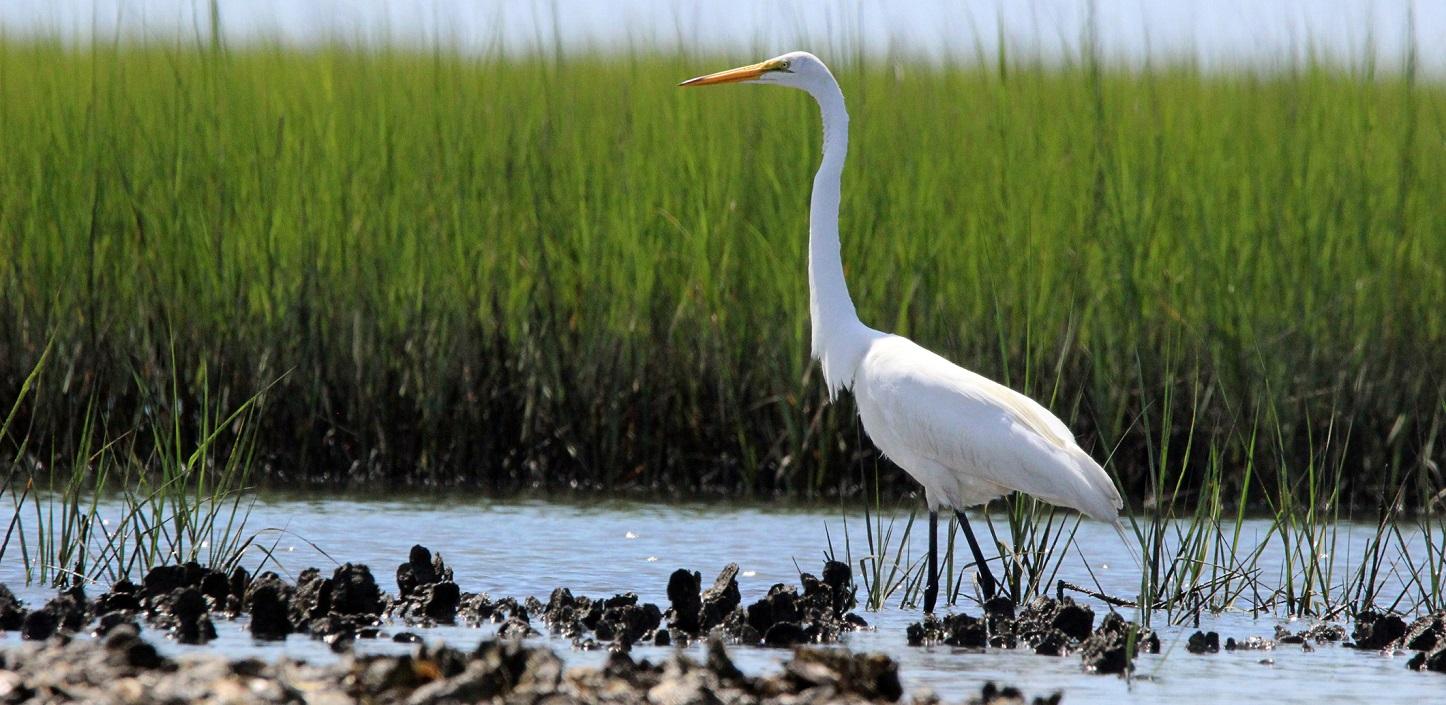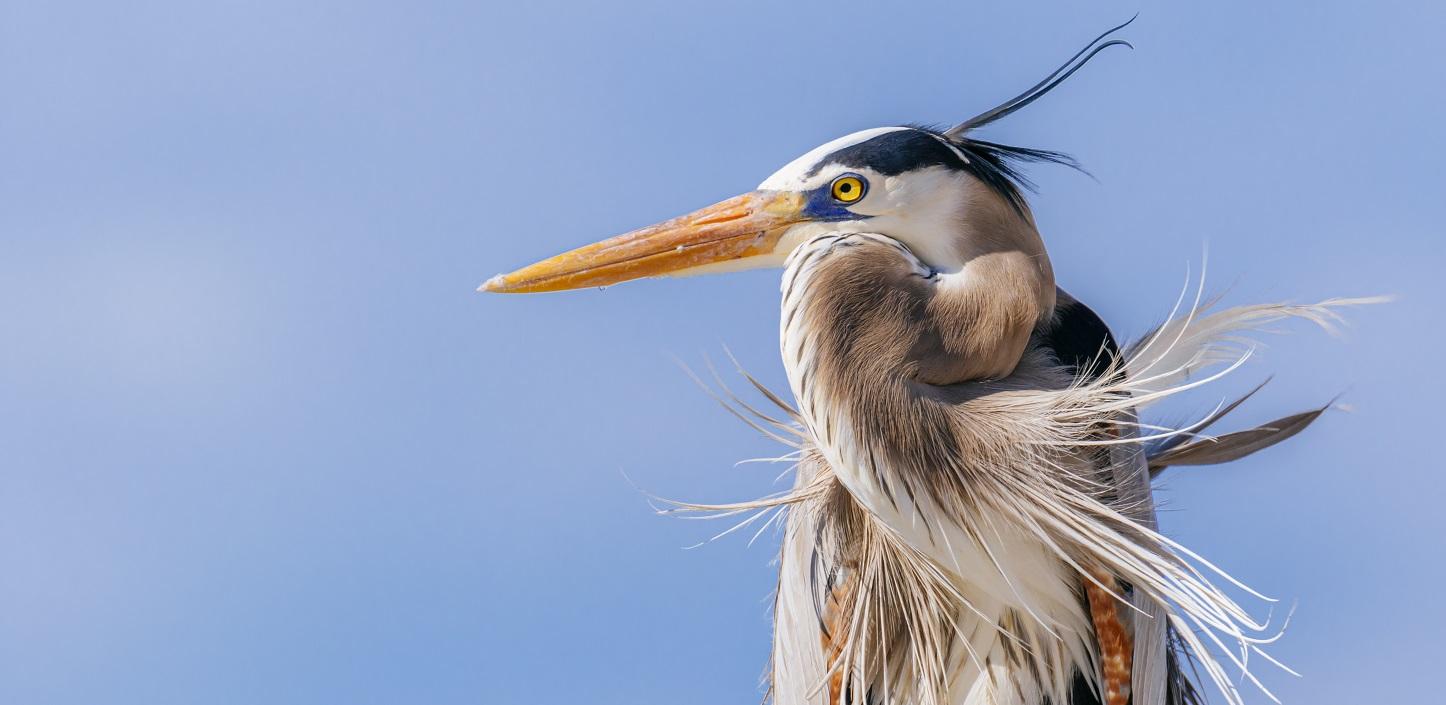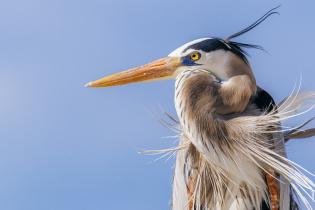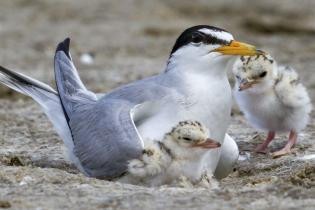
ALABAMA
GEBF in Alabama
“Investments under the Gulf Environmental Benefit Fund have helped the state of Alabama achieve major conservation priorities that might otherwise have been a challenge to reach. We are improving water quality in Mobile Bay and protecting the Grand Bay Savanna. We are enhancing important commercial and recreational fisheries through the restoration of oyster reefs in the Mississippi Sound and expanding artificial reefs along our coast to bolster populations of red snapper, all in an effort to preserve our natural resources for our people.” — Alabama Governor Kay Ivey
Current Projects
In November 2022, NFWF made its final awards from the Gulf Environmental Benefit Fund (GEBF) in the state of Alabama. The GEBF has supported 47 projects, with a total value of $356 million. These projects leverage or compliment other conservation investments worth nearly $200 million, creating a total impact of more than $555 million for the Alabama coast. These projects were selected for funding following extensive consultation with the Alabama Department of Conservation and Natural Resources, the U.S. Fish and Wildlife Service (FWS) and the National Oceanic and Atmospheric Administration (NOAA).
The projects in Alabama address high-priority conservation needs. They represent important efforts to protect and enhance natural and living resources, as well as significant planning efforts to develop future projects for consideration under the GEBF.
The GEBF's investments have made a significant contribution to the long-term sustainability of critical coastal resources in Alabama, including:
- Nearly 9,000 acres of important coastal habitat conserved, restored or enhanced
- Nearly 11 miles of vulnerable shoreline protected
- Improved water quality through 3 miles of stream restoration that will avoid 50-70 million pounds of sediment annually
- More than 250 acres of artificial reef restored
- Sustainable fisheries management through better science
- Increased capacity and habitat enhancements to bolster populations of coastal birds, marine mammals, and sea turtles

Alabama Project Highlights
View an interactive storymap highlighting conservation outcomes from GEBF investments in Alabama.
Learn MoreGEBF Alabama Species
The conservation and restoration projects the GEBF supported along the Alabama Coast have been critical to helping protect important fish and wildlife including oysters, West Indian manatee, sea turtles, Alabama beach mouse and least tern. Explore the image gallery below to learn about the species that were supported through these projects and the habitats where they reside.

